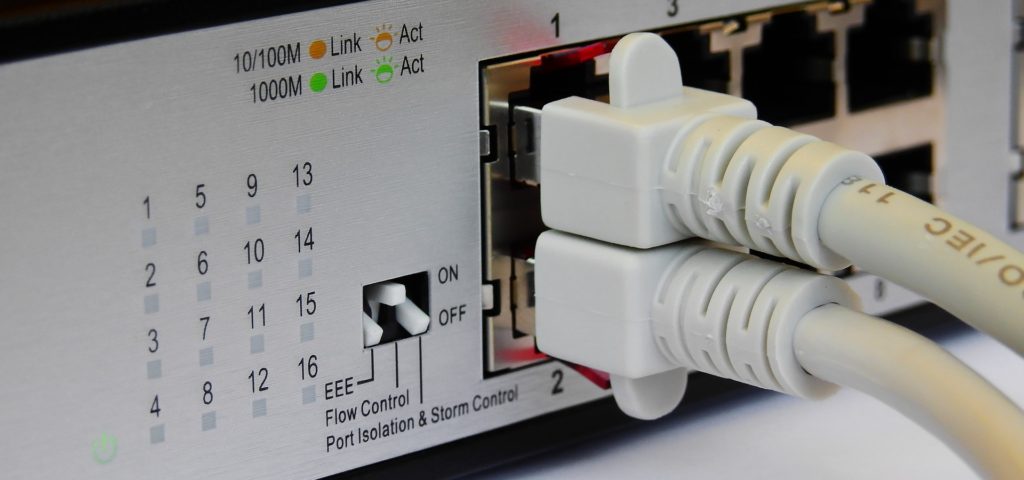Network Design & Implementation
The hierarchical network design model breaks the complex flat network into multiple smaller and more manageable networks. Each level or tier in the hierarchy is focused on a specific set of roles. This design approach offers network designers a high degree of flexibility to optimize and select the right network hardware, software, and features to perform specific roles for the different network layers.
A typical hierarchical enterprise campus network design includes the following three layers:
■ Core layer: Provides optimal transport between sites and high-performance routing. Due the criticality of the core layer, the design principles of the core should provide an appropriate level of resilience that offers the ability to recover quickly and smoothly after any network failure event with the core block.
■ Distribution layer: Provides policy-based connectivity and boundary control between the access and core layers.
■ Access layer: Provides workgroup/user access to the network. The two primary and common hierarchical design architectures of enterprise campus networks are the three-tier and two-tier layers models.



